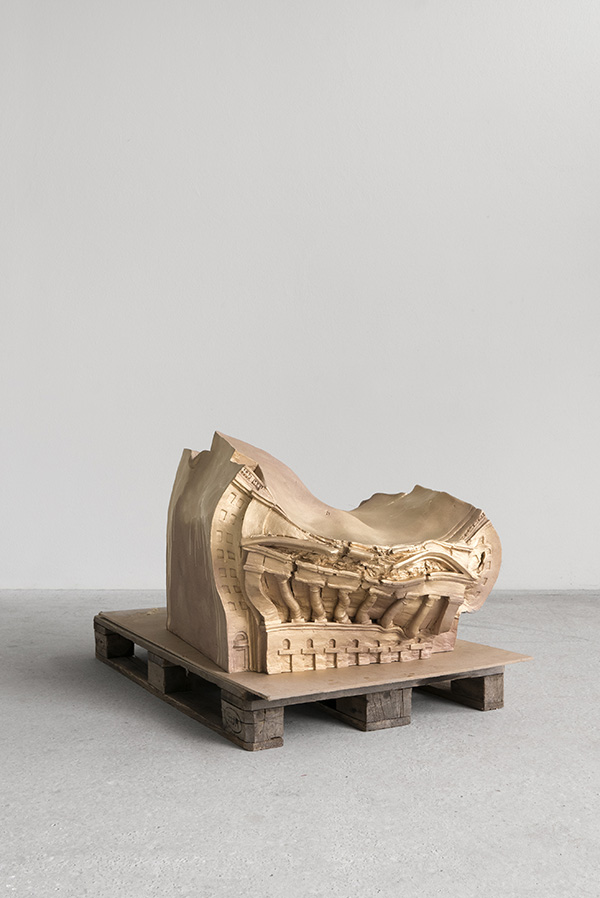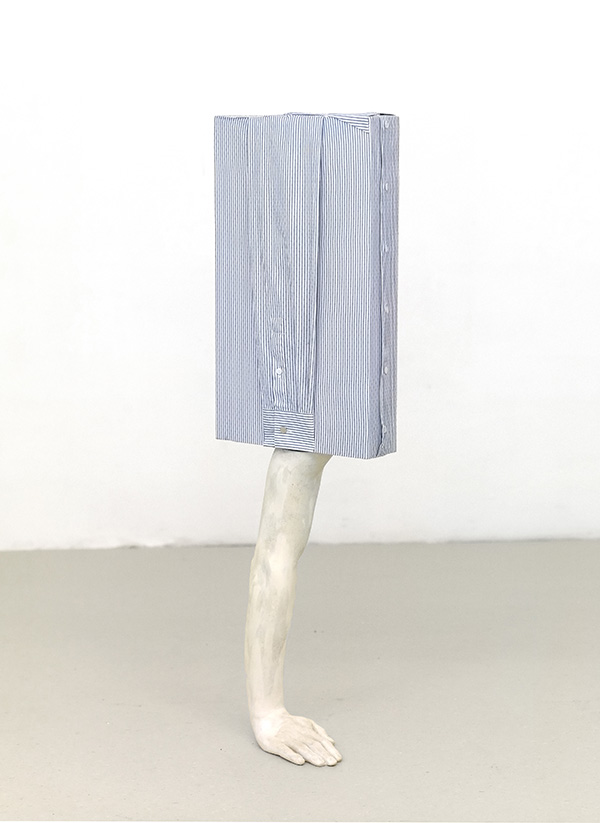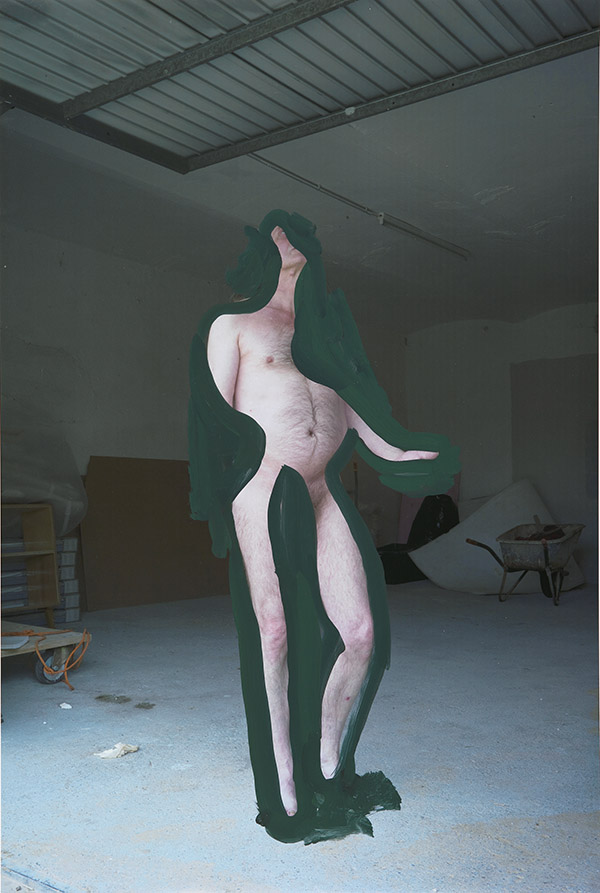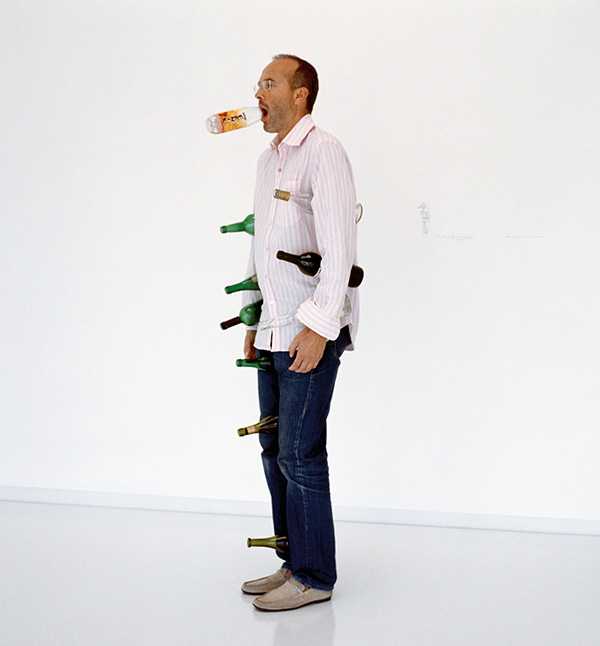ART-PREVIEW: Erwin Wurm-One Minute Works
 Erwin Wurm is famous for the “One Minute Figures” and “One Minute Sculptures” that he has been making since the late 1980s. In these, he gives instructions to himself, a model or member of the public: the person is asked to perform a certain action or to interact with an everyday object in a specific way. Falling somewhere between ephemeral sculpture, performance and relational aesthetics, these incongruous (or even absurd) moments have been documented in photographs, drawings and videos.
Erwin Wurm is famous for the “One Minute Figures” and “One Minute Sculptures” that he has been making since the late 1980s. In these, he gives instructions to himself, a model or member of the public: the person is asked to perform a certain action or to interact with an everyday object in a specific way. Falling somewhere between ephemeral sculpture, performance and relational aesthetics, these incongruous (or even absurd) moments have been documented in photographs, drawings and videos.
By Efi Michalarou
Photo: Ludwig Museum-Budapest Archive
Erwin Wurm’s first large-scale exhibition in Budapest, entitled “One Minute Works. Sculpture as a Programme”, features a comprehensive selection of his conceptually distinct series of sculptures and creations. Besides his photo- and video-based works, his transmogrified furniture-sculptures, clothing and performative sculptures, but also his artistic wallpapers and drawings will be put on display. Seeking answers to questions such as: “What turns an object, especially an object of utility, into a sculpture?”, “How does a giant cardboard box become an overcoat, and what is the role of the spectator in the process of turning an object into a sculpture?”, the works of Erwin Wurm refuse to satisfy expectations regarding the genre, as their creator attempts to fundamentally reshape the general approach to sculpture. Erwin Wurm was constantly seeking new sculptural possibilities and extremes. He viewed the depressing weight and empty pathos of traditional metal and stone sculpture with a critical attitude not devoid of irony. Expanding the sphere of materials that could potentially express meaning with a technical angle, he turned to non-traditional sculptural materials, experimenting with textile, paper and plastics. Part of his works in the late ‘80s feature clothes as sculptures. Wurm subverted the original context of textiles: no longer objects in his works, they hung like pictures on walls, or gained a sculptural character as a result of special folding. Objects accompanied by instructional texts and figures had already emerged in his oeuvre around this time: visitors had to first wear his clothes and then carefully fold them and place them tightly in a box. The active involvement of the spectator in the creative process was a development that would define the spirit of Wurm’s work. Even the presentation of the artworks, the exhibition, is not a situation, but a call to create and document carefully pre-planned works. The separation of sculpture as a possibility from the artist and the creative process is an underlying trait of his works. In addition, his interest in the quotidian and banal, its emphasis, enlargement and totalisation, is a cultural practice not uncommon in the Austrian tradition. The other important discourse he joins is the evolution of modern sculpture in the history of 20th Century art as well as the problem of contemporary sculpture. Wurm transcends the notion of modern and avant-garde sculpture in a way that he condenses the essence of sculpture into an aspect of its creation. He creates, or more precisely, outlines de-heroicised sculptural situations, and then has the spectator carry out their execution. His series of “One Minute Sculptures” evolved in the ‘90s from the late ‘80s conceptual sphere. This type of artworks emerged formally from 1997: situational exercises during which the human body interacts with everyday objects or other bodies, and which are expressed and visible only temporarily, before disintegrating as the spectator gets tired.
Info: Curator: Julia Fabényi, József Készman, Assistant Curator: Zsuzsanna Petró, Ludwig Museum-Budapest, Komor Marcell u. 1, Budapest, Duration: 6/7-23/9/18, Days & Hours: Tue-Sun 10:00-20:00, www.ludwigmuseum.hu




